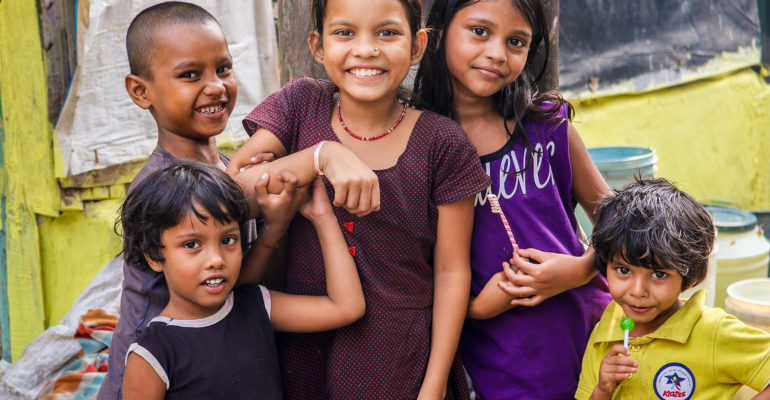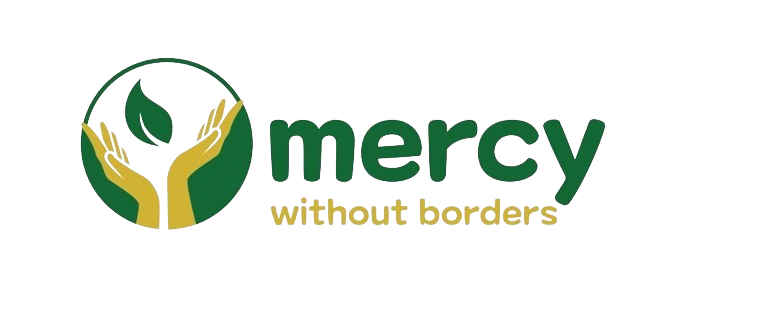$0
Child Protection Project in Bangladesh

Charity
The Rohingya refugee crisis has left over half a million children displaced in overcrowded camps in Bangladesh, facing severe risks of violence, exploitation, abuse, and neglect. Without proper protection, these children are vulnerable to trafficking, child labor, early marriage, and psychological trauma. This project aims to safeguard Rohingya refugee children by providing safe spaces, psychosocial support, education, and legal aid while strengthening community-based child protection mechanisms.
Project Objectives
- Prevent Violence & Exploitation: Reduce risks of child trafficking, abuse, and forced labor.
- Provide Psychosocial Support: Address trauma and mental health needs through counseling and recreational activities.
- Ensure Access to Education: Establish child-friendly learning centers and prevent school dropouts.
- Strengthen Child Protection Systems: Train community volunteers, parents, and leaders on child rights and safeguarding.
- Reunite Separated Families: Support family tracing and reintegration of unaccompanied children.
Key Activities
1. Safe Spaces for Children
- Establish Child-Friendly Spaces (CFS) where children can play, learn, and receive psychosocial support.
- Provide gender-sensitive protection services, including safe shelters for survivors of abuse.
- Organize awareness sessions on child rights, early marriage risks, and reporting abuse.
2. Mental Health & Psychosocial Support (MHPSS)
- Deploy trained counselors to provide trauma healing and emotional support.
- Conduct art therapy, storytelling, and group activities to help children cope with distress.
- Train parents and caregivers on positive parenting and child emotional well-being.
3. Education & Skill Development
- Set up temporary learning centers (TLCs) with certified teachers and child protection officers.
- Provide informal education, life skills training, and vocational programs for adolescents.
- Distribute school supplies and uniforms to encourage attendance.
4. Community-Based Protection
- Form Child Protection Committees with refugee leaders to monitor risks and report violations.
- Train local volunteers and social workers on identifying and responding to child abuse cases.
- Strengthen referral pathways to legal, medical, and social services for at-risk children.
5. Family Reunification & Legal Aid
- Support family tracing services for unaccompanied and separated children.
- Provide legal assistance to prevent child marriage and advocate for birth registration.
- Work with local authorities and NGOs to ensure child protection laws are enforced.
Expected Outcomes
✅ Reduced incidents of child abuse, trafficking, and exploitation in refugee camps. ✅ Improved mental well-being through counseling and recreational activities. ✅ Increased school enrollment and retention with safe learning environments. ✅ Stronger community awareness and response to child protection risks. ✅ Reunited families and legal support for vulnerable children.Sustainability & Advocacy
- Engage refugee communities in child protection initiatives for long-term impact.
- Collaborate with UNICEF, UNHCR, and local NGOs for policy advocacy and resource mobilization.
- Monitor and evaluate child protection interventions through feedback from children and caregivers.
-
Raised
-
Goal
$17,500
$0 Raised
$17,500 Goal
